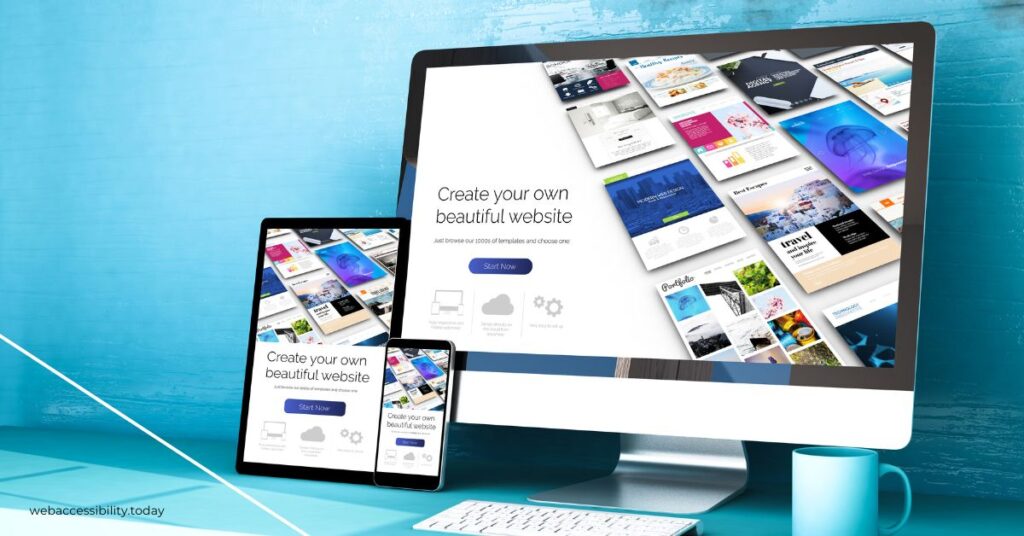The Imperative of Inclusive Web Design

In today’s interconnected world, the internet serves as a gateway to information, services, and opportunities. However, for millions of individuals with disabilities, navigating the digital landscape can be fraught with barriers and challenges. This is where inclusive web design steps in, striving to create online experiences that are accessible to everyone, regardless of their abilities or limitations.
Understanding Inclusive Web Design
Inclusive web design, also known as accessible web design, is the practice of creating digital content and interfaces that can be easily accessed and used by individuals with disabilities. This encompasses a wide range of considerations, from ensuring compatibility with assistive technologies like screen readers to providing alternative text for images and designing layouts that are navigable via keyboard alone.
Why Inclusive Web Design Matters
1. Accessibility for All
Inclusive web design is about more than just compliance with regulations; it’s about ensuring that everyone, regardless of their abilities, can fully participate in the digital world. By making websites and web applications accessible, we can empower individuals with disabilities to engage with online content, access services, and connect with others in ways that were previously inaccessible to them.
2. Legal and Ethical Obligations
Beyond the moral imperative, there are legal requirements mandating accessibility in many countries. For example, in the United States, the Americans with Disabilities Act (ADA) and Section 508 of the Rehabilitation Act set guidelines for accessible web design. Failure to comply with these regulations not only risks legal repercussions but also undermines the principles of equality and inclusion.
3. Enhanced User Experience
Inclusive design benefits everyone, not just individuals with disabilities. By prioritizing usability and clarity, websites become more intuitive and user-friendly for all visitors. Clear navigation, descriptive links, and readable text not only benefit those using assistive technologies but also improve the overall user experience for everyone.
Key Principles of Inclusive Web Design
1. Perceivable
Ensure that all content is perceivable by users, regardless of their sensory abilities. This includes providing alternative text for images, captions for videos, and descriptive headings for easy navigation.
2. Operable
Make your website operable for all users, including those who may not be able to use a traditional mouse. This involves providing keyboard navigation, ensuring sufficient color contrast, and avoiding content that flashes or scrolls automatically.
3. Understandable
Design your website to be understandable to all users, regardless of their cognitive abilities. Use clear language, logical navigation structures, and consistent layouts to help users easily find and understand content.
4. Robust
Ensure that your website is robust and compatible with a wide range of devices and assistive technologies. This involves using standard HTML and CSS coding practices, providing text alternatives for non-text content, and testing your site with different accessibility tools.
Conclusion
Inclusive web design is not just a trend; it’s a moral imperative and a legal obligation. By prioritizing accessibility and inclusivity in our digital endeavors, we can create a more equitable and empowering online experience for all users. Whether you’re a web designer, developer, or content creator, embracing the principles of inclusive design is essential for building a digital world that truly leaves no one behind.
To dig deeper into ADA and WCAG compliance and stay updated on the latest developments in web accessibility, visit webaccessibility.today. Together, let’s make the digital world more inclusive for everyone.





